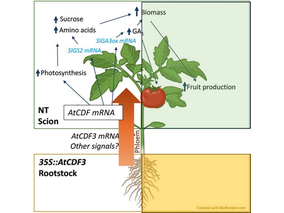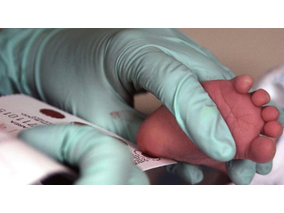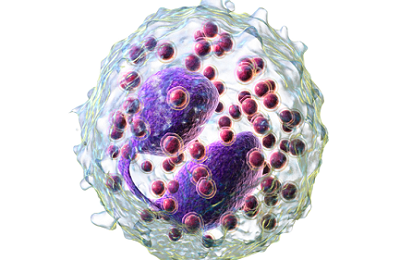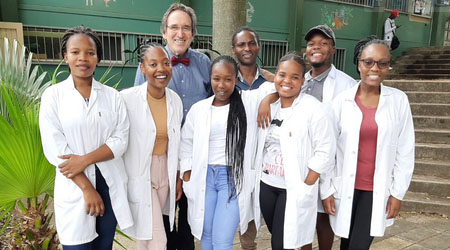The Sperm Class Analyzer (SCA), Microptic’s CASA System for semen analysis, was re-installed in the Department of Animal Science, Faculty of Agriculture, Zululand University, near Richard Bay, headed by Prof Khoboso Lehloenya. Gerhard van der Horst performed the installation and training over three days with the excellent assistance of Mr Sibusiso Moloi. Eight students (MSc and PhD) (Fig. 1) forming part of the Reproductive Biology Group took part and their current spermatology projects focus on important indigenous animals such as Zulu rams (Fig. 2) and Ovambo chicken (Fig. 3). Fig. 4 shows the fully automated electro-stimulator and rectal probe used for the rams. These animals have been around for hundreds of years and are very resistant to disease, droughts and can survive with little food and water. Their meat production in future is very important but also appears to be a delicacy.
Training allowed all who took part to actually do hands-on analysis of sperm concentration, motility, morphology and vitality of both the Zulu sheep breed and the Ovambo chicken (Figs. 5, 6, 7). Discussion throughout but particularly on the last day focused on the importance of the SCA database and importance of sub-populations of sperm analyzed by SCA and how we interpret the data. Crucial for really understanding often complex data. Well-deserved fun during last night (Fig. 8).
It was great to be involved in working with such interested, talented and hard working students, and now new friends. I am sure they will make a huge success!

The research team observed changes in head circumf...

AtCDF3 gene induced greater production of sugars a...

Un estudio con datos de los últimos 35 años, ind...

En nuestro post hablamos sobre este interesante tipo de célula del...

La revista ‘Nature Protocols’ selecciona esta técnica como “pro...
Biotechnology portal in Spain
Subscribe to our newsletter and stay up to date with the latest news and deals!
2013 © Biotech-Spain.com - Site Developments SL. All Rights Reserved. Terms of Service | Privacy Policy
Articles
Directory
